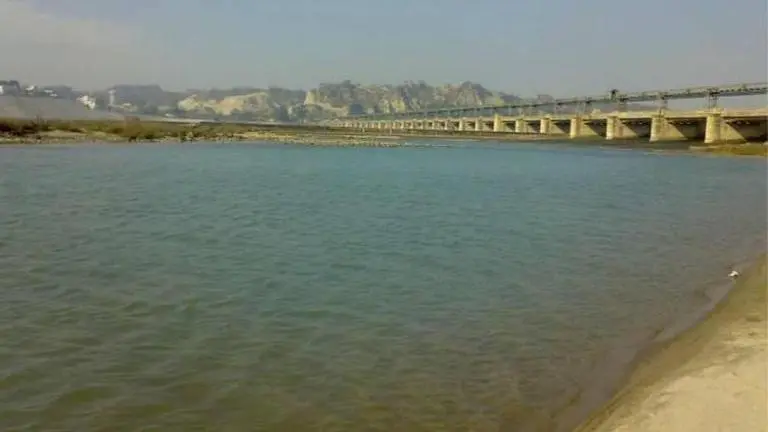Updated 2 January 2020 at 23:31 IST
Researchers link Harappan city decline to lost river in Kutch
Indian researchers have for the first time connected the decline of a Harappan city to the disappearance of a Himalayan snow-fed river.
- Education News
- 2 min read

Indian researchers have for the first time connected the decline of a Harappan city to the disappearance of a Himalayan snow-fed river which once flowed in the Rann of Kutch, according to a study. An IIT Kharagpur statement said that a research team "connected the dots between the growth and decline of Dholavira, the most spectacular and largest excavated Harappan city in India located in the Rann with a river which resembles the mythical Himalayan river Saraswati". The team consists of researchers from IIT Kharagpur, Archaeological Survey of India (ASI), Deccan College PGRI Pune, Physical Research Laboratory (PRL) and the Department of Culture, Gujarat.
'This is the first direct evidence'
The data suggests that mangroves grew around the Rann and distributaries of Indus or other palaeochannels (remnant of an active river filled by sediments) dumped water in the Rann near the southern margin of Thar desert, the IIT-KGP statement said on Thursday. "This is the first direct evidence of glacial-fed rivers which are quite like the mythological Saraswati, flowing in the vicinity of Rann," IIT Kharagpur's Prof. Anindya Sarkar who led the research, said. Dr. Ravi Bhushan and Navin Juyal from PRL, Ahmedabad dated the carbonates from human bangles, fish otolith and found that the site was occupied from 5,500 years back i.e. pre-Harappan period to late Harappan period, the statement said.
The city expanded till 4400 years followed by an abrupt decline nearly 4000 years back - as per the findings of ASI's researchers Dr. R.S. Bisht and Y.S. Rawat who were part of the team, it said. "Though the Dholavirans adopted excellent water conservation strategy by building dams, reservoirs and pipelines, they were pushed to the limit by a catastrophic mega-drought collapsing the city due to the drying up of the river," Sarkar said. He said Dholavira presents a "classic case for understanding how climate change can increase future drought risk" as predicted by the IPCC (Intergovernmental Panel on Climate Change) working group. The study has just been published online in the 'Wiley Journal of Quaternary Science'.
Advertisement
Published By : Press Trust Of India
Published On: 2 January 2020 at 23:31 IST
